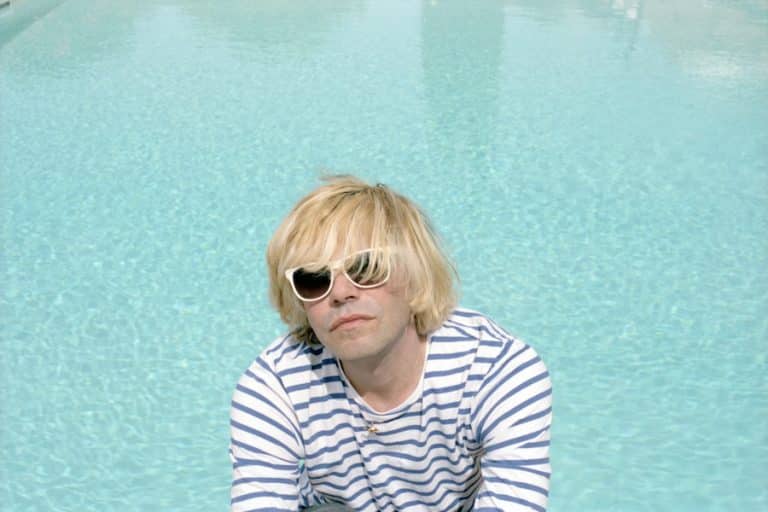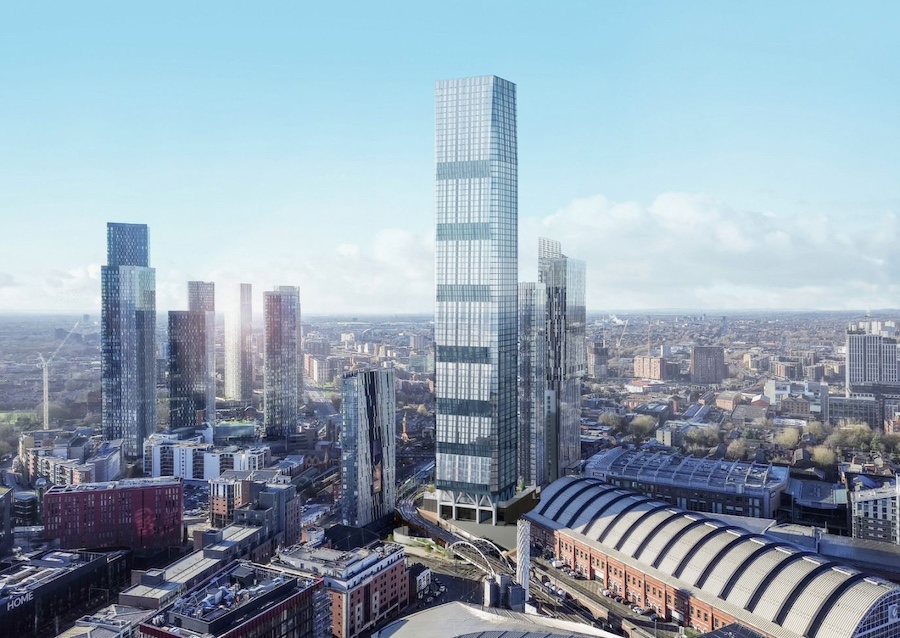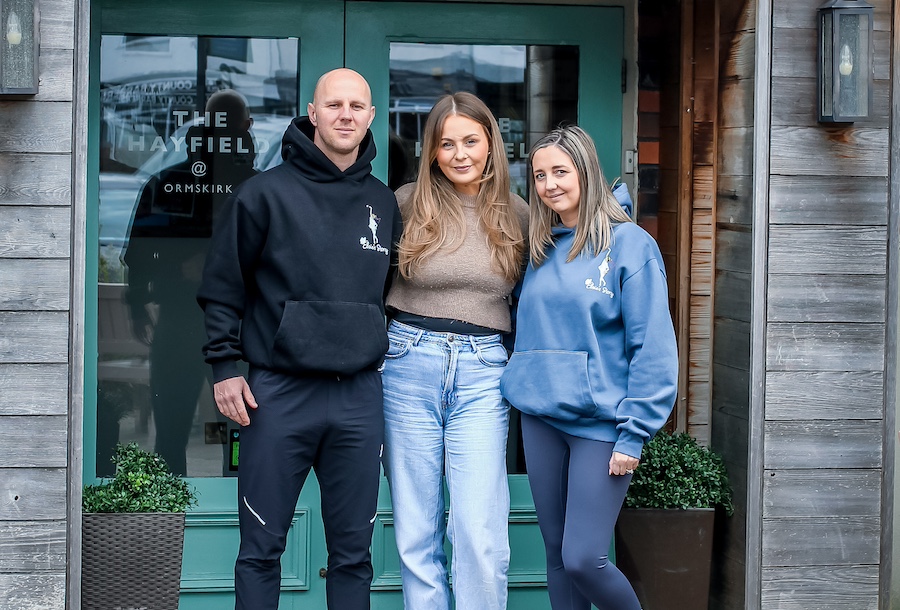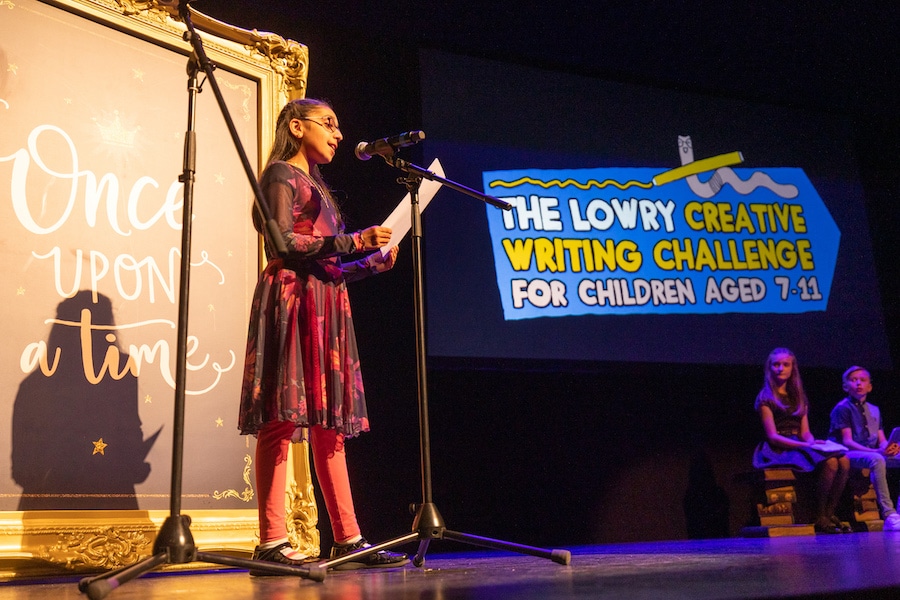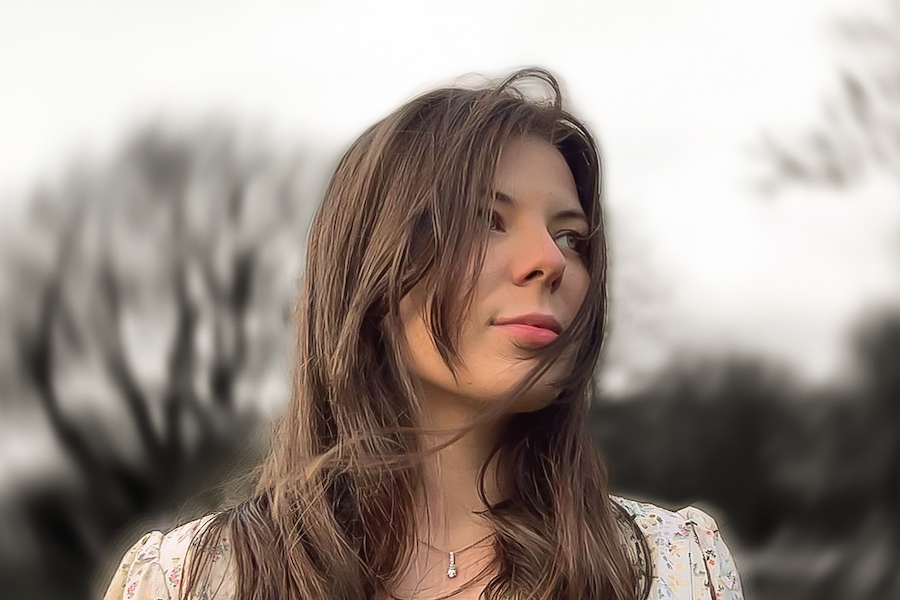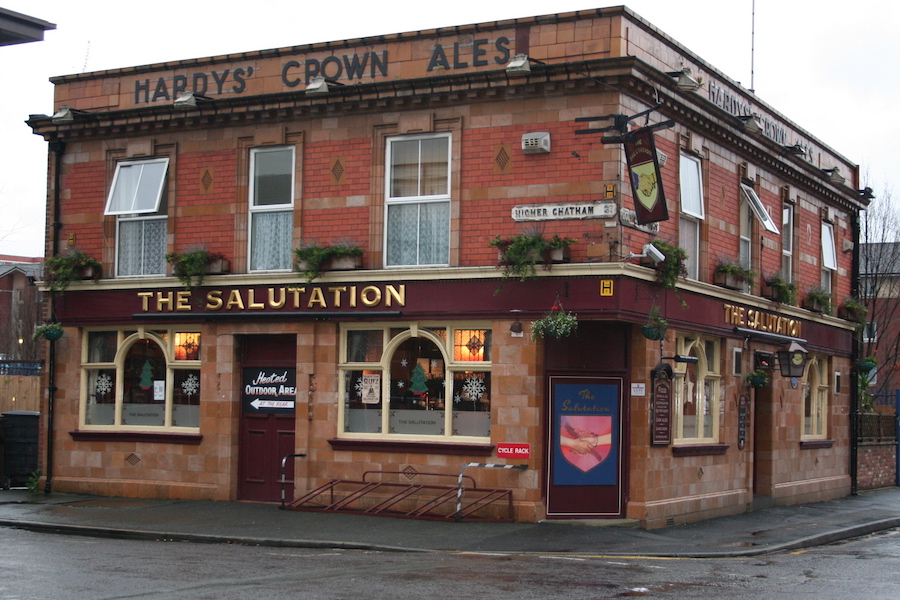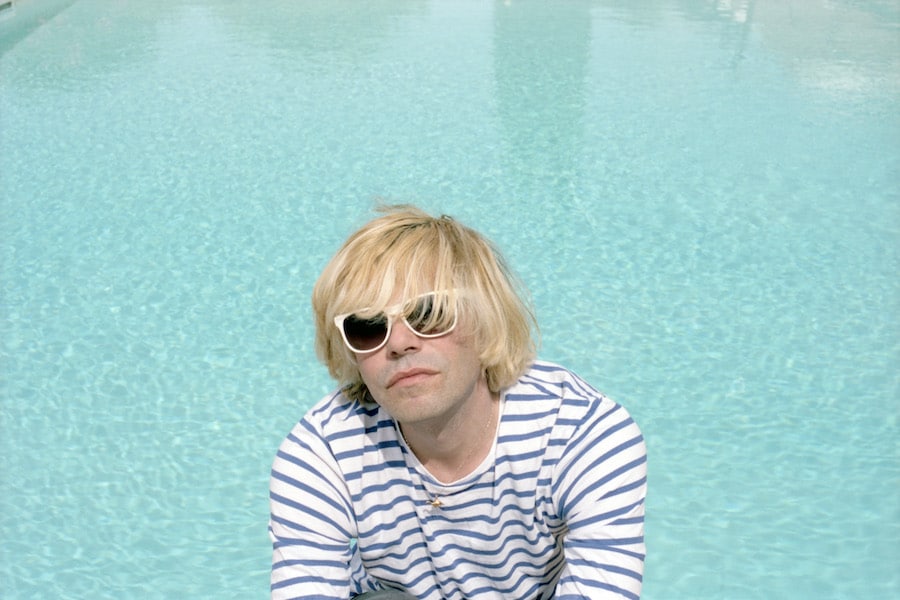MediaCityUK: from dereliction to destination in 10 short years
- Written by Ray King
- Last updated 7 years ago
- City of Salford, Sport

Getting off a tram at MediaCityUK’s Metrolink station, surrounded by the gleaming glass towers of the country’s finest television production facilities, it’s difficult to imagine that just 10 years ago, none of it existed.
Though the BBC had announced in 2004 its intention to move five departments to the north of England, it wasn’t until 2007 that final planning permission was granted for the corporation’s new buildings at the head of the Port of Manchester’s former Number 9 dock and the BBC Trust approved the deal with Peel Holdings.
Construction started almost immediately that same year.
By that time Salford had seen off the challenge of Manchester’s so-called Central Spine project which envisaged creating a media cluster on the site now occupied by First Street, and the stage was set for the ‘birth of a city.
It wasn’t all dereliction. Across Number 9 dock, now divided into North Bay and the Huron Basin, stood The Lowry arts centre, opened in 2000 as the jewel in rapidly developing Salford Quays’ crown.
And opposite, on the Trafford bank of the Ship Canal, the Imperial War Museum North, designed by Daniel Libeskind, more recently the architect of the One World Trade Centre at ground zero in New York City, had opened in 2002.
Salford Quays was a remarkable achievement for the city in hard economic times.
I vividly recall sipping scotch on the Bell’s Whisky barge, moored in Number 9 dock, one glorious summer evening following the closure of the Port of Manchester in 1982. Container ships had become too big to negotiate the 35-mile love ship canal. All around were the shattered remains of the one-time third biggest cargo port in England. Smashed reinforced concrete rubble was heaped in piles. Bonfires consumed broken timbers like funeral pyres.
But in 1985 Salford city council, with the help of a derelict land grant, unveiled the Salford Quays Development Plan, signalling the start of one of the UK’s first – and biggest – urban regeneration projects.
Manchester town hall, run at the time by hard left Labour, looked on with envy. During the next 25 years the area made the gradual transition from dockland to destination.
MediaCityUK was conceived by a team of public sector bodies – the former Northwest Regional Development Agency, Central Salford Urban Regeneration Company and Salford City Council – working with site owners and developers the Peel Group.
The aim – brought to stunning fruition – was to create a long-term proposal for a brand new media district supporting a whole host of like-minded businesses. A true digital hub, inspired by media clusters in cities like Dubai and Singapore.
The 200-acre site is now home to major media and digital operators as well as the Arts and Media faculty of the University of Salford, where 4,000 students are offered a huge variety of courses from fashion image making and styling, television and radio, creative writing and popular music to online journalism and animation.
Metrolink arrived in 2011, ITV Granada completed the first phase of its move to MediaCity in 2013 followed in two stages by the northern arm of ITV studios and the construction of Coronation Street’s new set next to the IWM North on the Trafford side.
Dock 10, one of the UK’s leading television facilities, offering studios and post production services, has been used for some of the most popular TV shows on air, including Happy Valley, The Voice, Match of the Day and, recently, the remake of Porridge.
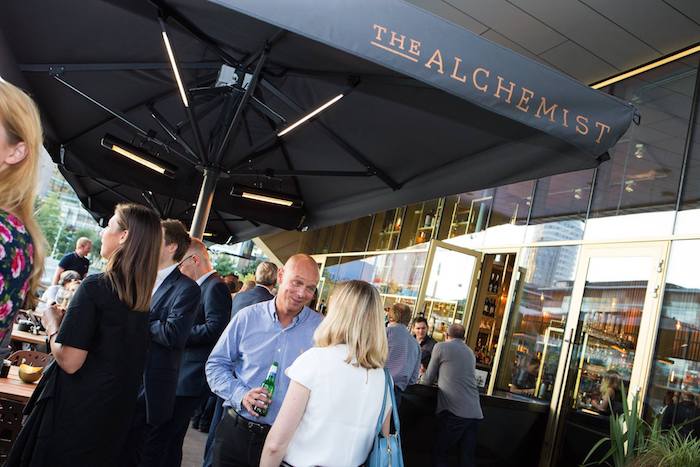
With the thousands of jobs, visitors and the excellent transport links have come retail outlets and lots of bars and restaurants. The most spectacular new opening this autumn has been the golden spaceship – Living Ventures’ £1.2 million The Alchemist MediaCity – on the bridge spanning North Bay, with an open-air bar cantilevered over the water.
I worked in @MediaCityUK when first built and – although it’s still as windy as a wind farm – there’s much more soul here these days. Especially with @marcosmediacity @Grindsmith_MC pic.twitter.com/yFSJaEhVp7
— Chris Greenhalgh (@ilovemcrchris) October 11, 2017
It joins Steve Pilling’s evocative pub The Dockyard, Marco Pierre White’s New York Italian, Grindsmith, Prezzo, Wagamama, Penelope’s Kitchen, Dock Bar and On the 7th in MediaCityUK itself.
Across the basin, The Lowry arts centre houses the Terrace Bar and a destination restaurant alongside its theatres and galleries, while the Lowry Outlet Mall boasts a number of popular eateries including Bella Italia, Lime, Nando’s, Pizza Express, The Real China and Cafe Rouge.
- This article was last updated 7 years ago.
- It was first published on 12 October 2017 and is subject to be updated from time to time. Please refresh or return to see the latest version.
Did we miss something? Let us know: press@ilovemanchester.com
Want to be the first to receive all the latest news stories, what’s on and events from the heart of Manchester? Sign up here.
Manchester is a successful city, but many people suffer. I Love Manchester helps raise awareness and funds to help improve the lives and prospects of people across Greater Manchester – and we can’t do it without your help. So please support us with what you can so we can continue to spread the love. Thank you in advance!
An email you’ll love. Subscribe to our newsletter to get the latest news stories delivered direct to your inbox.
Got a story worth sharing?
What’s the story? We are all ears when it comes to positive news and inspiring stories. You can send story ideas to press@ilovemanchester.com
While we can’t guarantee to publish everything, we will always consider any enquiry or idea that promotes:
- Independent new openings
- Human interest
- Not-for-profit organisations
- Community Interest Companies (CiCs) and projects
- Charities and charitable initiatives
- Affordability and offers saving people over 20%
For anything else, don’t hesitate to get in touch with us about advertorials (from £350+VAT) and advertising opportunities: advertise@ilovemanchester.com
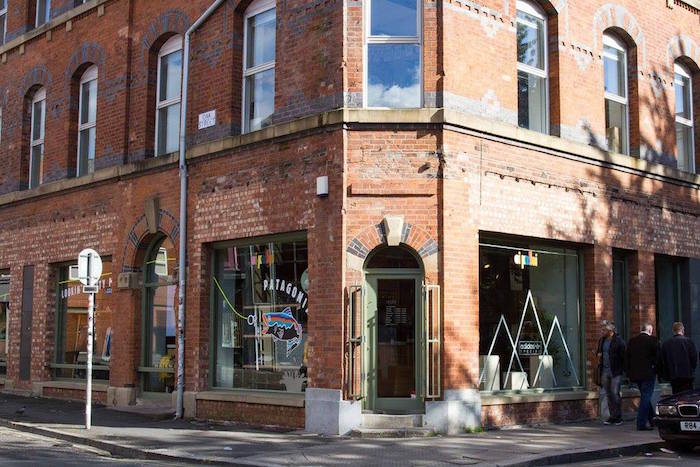
Iconic Northern Quarter menswear store makes a comeback with new styles and big ambitions

The charity celebrating ten years of making music accessible for all
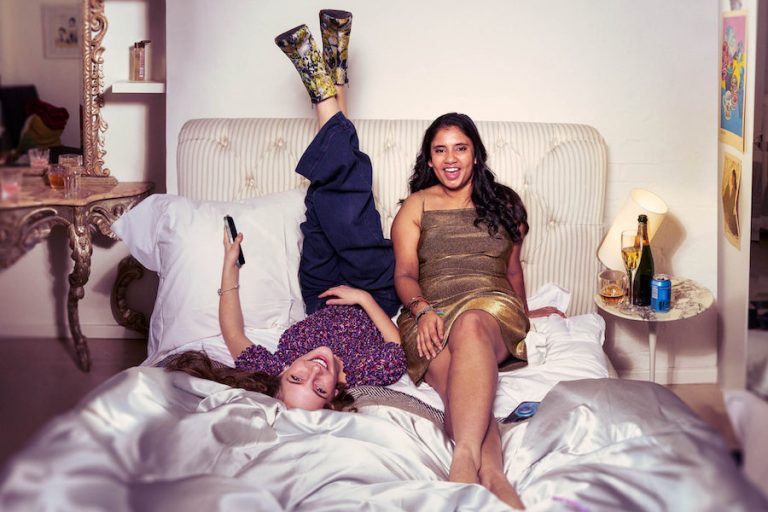
Review: The House Party at HOME is ‘a bold exploration of modern class divides’

Ukrainian artist studying in Manchester shares inspiring message about living life to the full
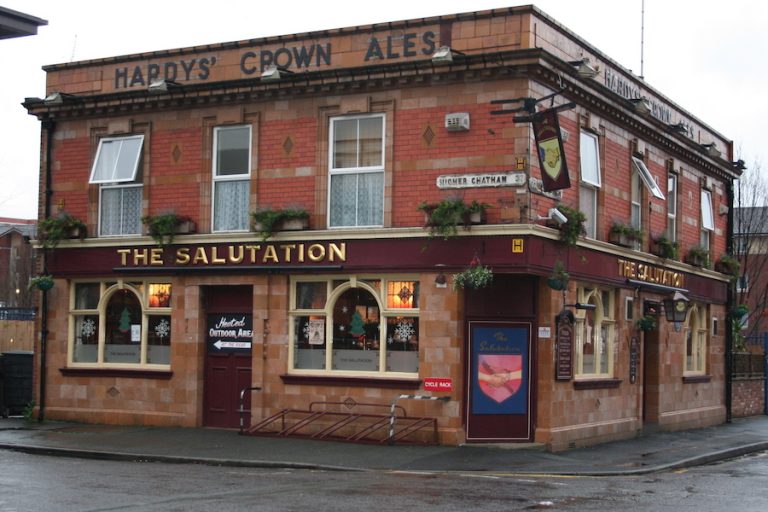
How The Salutation became a cornerstone of Manchester’s story
